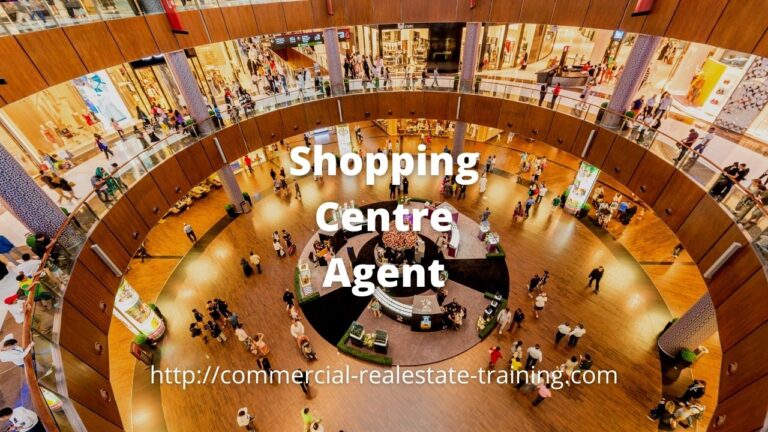The Keys to Understanding a Retail Shopping Center and its Performance
In the shopping centre industry you have to know where most of your customers come from and why they visit your property. When you clearly define those facts you have something to work with when it comes to property marketing and tenant selection. That can then improve your tenant mix over time and ultimately help the landlord achieve better levels of market rental in a successful retail property.
Let’s say that you have taken on the leasing and property management of a retail shopping centre. Understanding the retail catchment and the requirements of customers will initially be high on the agenda of tasks; in reviewing those things you will be able to predicting what’s happening in the property and the location.
Essential Strategies for Your Retail Checklist
Here are some of the main strategies and systems to deploy with any shopping centre. These concepts and questions will help you understand what is going on in the location, within the property, and with the retail customer demographic:
- Door counters: Get some door counters on to all the entrance points to the property so you can understand the trends of customer visits both in time and on what days of the week.
- Sales figures: If the leases in the property allow you to access sales figures across the tenant mix, then review those numbers in merchandising groups. Determine just what tenants are more successful than others, and also who your stronger tenants are.
- Customer surveys: Three or four times per year get some surveys done with customers visiting your property. Ask questions that relate to shopping intentions, tenant preferences, marketing ideas, and frequency of visits.
- Tenant interviews: The tenants will know a lot about customer intentions and buying patterns. They will know when sales are up or down and why those sales seem to be changing.
- Marketing processes: How is the property being marketed now? If the shopping center is to be successful it will have to be marketed across the retail catchment. Determine just how that is done now and how successful it seems to have been. There will be a marketing spend from the shopping centre budget and also the tenant contributions from a marketing levy. Look to see how that is happening and decide how successful it seems to be now.
- Market rentals: The rental for a retail property should be set and balanced between market trends, landlord investment requirements, competing properties, and current vacancy factors. It is a fine balance to achieve and it is a viability equation that allows tenants to successfully function as a business. Aggressive and high rentals frustrate tenant occupancy and lengthen any lease up time.
- Vacancy factors: How many vacancies do you have in the property now and how long have those premises been vacant? Stay ahead of your vacancies by talking to your tenants regularly and understanding their occupancy needs. Negotiate new leases early and where circumstances support the process. Don’t forget to check other properties in the general area that may have a high vacancy factor and watch out for any new properties that could inject a lot of new retail space into the property market.
- Occupancy costs: The costs to run a retail business are many. Shopping centres have a rental component and an outgoings recovery process that will be a direct cost to tenants. Understand what those costs are and compare those to other properties in your location. Ideally your occupancy costs should be keen enough to attract other tenants from other properties.
- Competing properties: Determine the differences between your retail property and others in the same customer catchment. Can you change a few things in your property layout, presentation, marketing, or customer service that will give you the leading edge against other retail properties?
- Anchor tenants: Read through the leases for your anchor tenants in your retail property. Know how the rental structures work and how the anchor tenants must integrate their businesses and retail offerings into the overall property from a marketing and tenancy perspective.
- Specialty tenants: The working and marketing relationship between smaller specialty tenants should be assessed for opportunity. Some tenants can consolidate marketing efforts as a special promotion in the shopping centre. Look at tenant groupings and factors of attraction that come together across the mix.
- Roads: The configuration of roads leading to the shopping centre will be the ‘make or break point’ when it comes to customer access and frequency of visits. How easy is it to reach the property? Are there factors of concern such as signage, road turnoff points, and traffic lights that need to be changed?
- Access points and car parking: When a customer reaches your property, can they get to a car park easily and directly? Is the car parking user friendly? Do you have a good percentage of your car parking undercover and how will that support customer comfort in all weather conditions?
Taking these important points into review in any shopping centre, it is soon easy to see what challenges and strengths a retail property has in today’s property market. Plans and actions can then be set.






